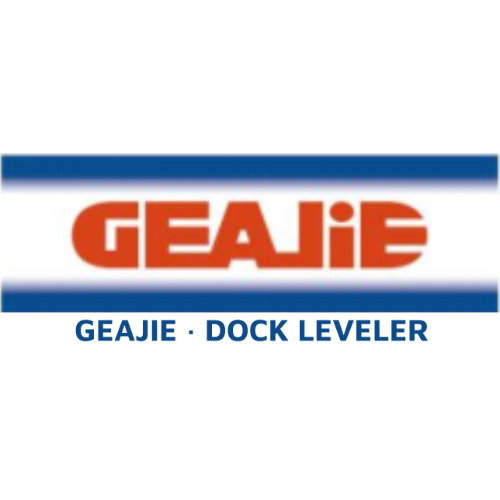Loading and unloading platforms play a critical role in modern logistics and warehousing, ensuring safe and efficient material handling. Different regions have developed distinct standards for platform design and performance to meet their specific safety, durability, and operational requirements. This article explores the key differences between the Chinese GB/T standard, the European EN1398 standard, and the American ANSI standard across load capacity, safety features, and design considerations.
Load Capacity and Calculation Methods
Static Load:
Chinese GB/T: Calculated using dynamic load multiplied by a safety factor of 1.3 or higher.
European EN1398: Calculated as 1.4 times the dynamic load with an additional safety factor of 1.33.
American ANSI: Determined directly using the gross vehicle weight (GVW) multiplied by a factor ranging from 2.5 to 4.
Dynamic Load:
Chinese GB/T: Emphasizes real-time pressure from forklift movement and cargo weight.
European EN1398: Prioritizes dynamic load pressure during platform usage.
American ANSI: Primarily focuses on static loads without specific dynamic load considerations.
Rated Load Capacity:
Chinese GB/T: Considers both static and dynamic loads for a comprehensive performance review.
European EN1398: Focuses on total forklift weight, including cargo and the driver.
American ANSI: Mainly considers the static load capacity based on gross vehicle weight.
Design Constraints and Safety Compliance
Gradient Restrictions:
Chinese GB/T: Recommends gradients not exceeding 10-12% but allows customizations for specific needs.
European EN1398: Fixed maximum gradient of 12.5%.
American ANSI: No fixed gradient but emphasizes platform stability.
Wheel Contact Area:
Chinese GB/T & European EN1398: Requires a minimum contact area of 150×150 mm per wheel.
American ANSI: No specific wheel size requirement; safety depends on forklift specifications.
Driving Speed Limits:
Chinese GB/T & European EN1398: Maximum speed on the platform is limited to 5 km/h.
American ANSI: No strict speed regulations but recommends low-speed operation for safety.
Material Standards:
Chinese GB/T: Flexible material selection based on budget and usage scenario.
European EN1398: Requires compliance with EU durability and environmental standards.
American ANSI: Emphasizes high-strength steel or alloys for impact resistance and durability.
Application Suitability and Customization Options
Applicable Scenarios:
Chinese GB/T: Ideal for diverse conditions, including cold storage, humid coastal regions, and chemical industries.
European EN1398: Best for standardized logistics and warehousing environments.
American ANSI: Designed for heavy-duty industrial and logistics applications.
Customization Flexibility:
Chinese GB/T: Highly flexible with adjustable dimensions and load capacities.
European EN1398: Customization is limited and subject to strict guidelines.
American ANSI: Limited customization with a focus on standardized strength and durability.
Key Features Summary
Chinese GB/T:
Flexible and adaptable for varied industries.
Cost-effective with material selection options.
Designed for high-intensity operations.
European EN1398:
Prioritizes safety and environmental compliance.
Highly standardized for predictable performance.
Ideal for logistics and manufacturing facilities.
American ANSI:
Emphasizes static load strength and durability.
Built for heavy industrial use.
Suitable for demanding warehouse conditions.
Choosing the Right Standard
Selecting the appropriate loading and unloading platform standard depends on your specific operational requirements. For dynamic, high-intensity usage, the Chinese GB/T standard offers flexibility and affordability. The European EN1398 standard provides rigorous safety measures suited for standardized logistics operations, while the American ANSI standard prioritizes static load durability for heavy industrial environments.
For expert advice on choosing the right platform standard for your facility, contact GEAJIE Manufacturing today and discover solutions designed for your operational excellence.


